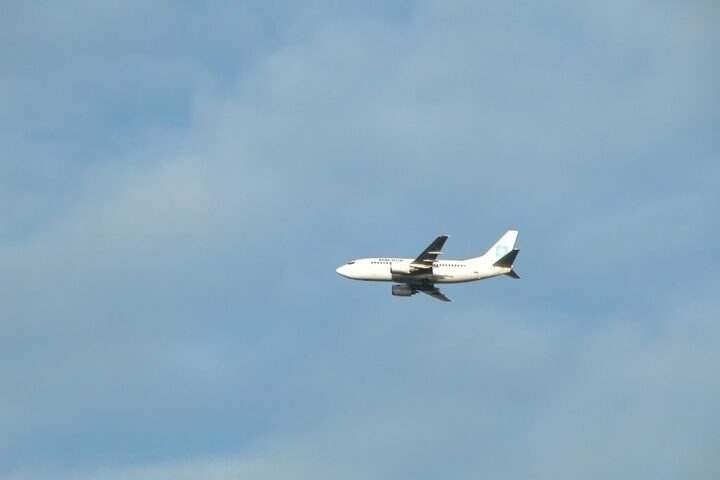The Square Kilometer Array (SKA), the biggest radio telescope on Earth, has started preparations. The telescope will be made up of components on two continents: the SKA-Low telescope in Australia will have about 131,000 antennae, while the SKA-Mid telescope in South Africa will have 197 dishes. More of the universe’s history will be seen than ever before thanks to this project.
The Square Kilometre Array (SKA) Organization chose two locations in South Africa and Australia in 2012 to co-host the facility, utilising the absence of man-made radio waves in rural areas for precise cosmological measurements.

At the Australian site, in Wajarri Country in Western Australia, more over 100,000 antennas will be used to do this. In addition, 197 dishes will be used in Karoo, South Africa, where the predecessor MeerKAT telescope is already operational. Upon completion, the SKA Observatory will be the largest radio astronomical observatory in the world. Ceremonies to honour the start of construction will be held in both locations on Monday.
This week marks the start of construction on the Square Kilometre Array (SKA), the largest radio-astronomy observatory in the world, following 30 years of planning and negotiations. The enormous instrument, which will be constructed over vast areas in Australia and Africa, will gather radio signals generated by celestial objects and attempt to provide answers to some of astronomy’s most puzzling questions, including the nature of dark matter and how galaxies originate.

In order to commemorate the occasion with representatives from the SKA Observatory (SKAO), the intergovernmental organisation in charge of the telescopes, astronomers and members of the local communities will fly to the distant locations in Western Australia and South Africa on Monday.
By the end of the 2020s, according to the SKA Observatory, which has its main office at Jodrell Bank in Britain, the telescope should begin performing scientific observations. Britain, Australia, South Africa, Canada, China, France, Germany, India, Italy, New Zealand, Spain, Sweden, Switzerland, and the Netherlands are among the group’s 14 members.
The goal is to have a productive collection area that is several hundred thousand square metres in size. As a result, the SKA will be able to investigate targets in the sky with unprecedented sensitivity and resolution.
The frequency range over which the system will operate is around 50 megahertz to 25 gigahertz. This falls within the centimetre to metre range in terms of wavelength. The telescope might be able to detect extremely faint radio signals emanating from cosmic sources billions of light-years away as a result.


















